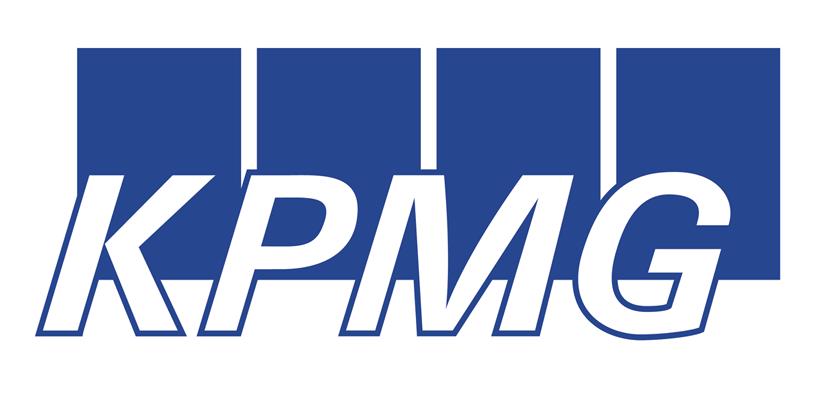Free finance and heavy discounting have supported double digit car sales growth in the UK, even in the adversity of economic crisis. However, with economic recovery taking root, car manufacturers need to adopt a shrewder pricing strategy based on value for the consumer to continue to prosper, according to KPMG.
In its second ‘Pricing Survey’, which examines pricing trends across some of the UK’s biggest companies, KPMG found that a third (33 percent) of automotive companies had sacrificed margin through lower prices during the recession. Yet at the same time, 73 percent agreed the biggest challenge facing them in terms of pricing is ensuring they maintain profitability in order to survive, while 43 percent of respondents believed they could generate at least a 10 percent profit improvement simply through more effective pricing. The results were reflective of the overall survey.
John Leech, KPMG’s UK Head of Automotive said: “The automotive industry has beaten suppressed economic growth. Following the financial crisis, car companies spotted that consumer credit was its biggest obstacle in selling cars because of stricter loan availability criteria and the rising cost of credit. Their solution was to effectively eliminate the middle man, the bank. As a result, there has been a huge shift in the amount of cars being bought through a manufacturer finance arrangement or personal car plan. Five years ago this accounted for only 30 percent of UK vehicle sales, today it is 75 percent.
“By and large, auto pricing strategies are fundamentally market-based. Companies assess where they believe their product fits against their competitors and price accordingly, but a better strategy would be to deepen their understanding of what consumers value and price on that basis.
Leech added: “One particularly interesting feature of the UK car market is the issue of the squeezed middle car category. Traditional luxury carmakers have been able to offer products only marginally more expensive than traditional volume carmakers. Consumers have been happy to pay that little bit more for a luxury brand. Meanwhile new entrants, such as Kia, have managed to inch their prices upwards through better styling and longer warranties. Recently the new Citroën DS brand has had similar success which is tempting other car manufacturers to offer upmarket variants next year.
“However, it often takes six months for a car manufacturer to respond to market demand. Price is routinely sed to either clear out surplus stock or slow down sales until volumes can be readjusted. As a consequence we often see sub-optimal pricing as supply and demand volumes become out of balance. I believe that better demand forecasting and reducing over-capacity remains critical to profitability.”
Leech continued: “More emphasis needs be made out of the seasonality of pricing. When the new registration plates change on 1 March and 1 September each year, there is a sales rush. This is predictable, yet car companies do not seem to sufficiently segment the market to reflect different consumer perceptions of the value of the new registration plate change.
“Car manufacturers are also improving pricing through increasing the number of optional extras and pricing the base vehicle lower. For an increasing number of vehicles, all the profit now comes from upselling optional extras. Manufacturers at present tend to stick to an annual price list for these optional extras despite demand often varying significantly to their original expectation. I believe pricing should be much more dynamic than this.”
Leech concluded: “Although pricing receives huge attention by the automotive industry and has clear ownership in an organisation, I believe that companies could still get more out of their pricing. With a strong underlying market, now is the time for companies to rethink their pricing strategy.”


















Login to comment
Comments
No comments have been made yet.